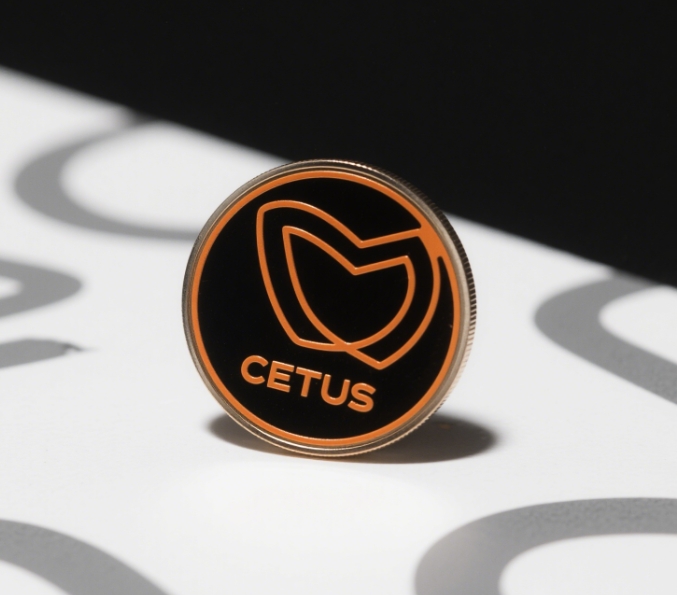Introduction to CETUS: The Backbone of DEX Innovation
The CETUS token has emerged as a pivotal force in the decentralized exchange (DEX) landscape, offering a blend of advanced liquidity solutions and community governance. Designed to address the inefficiencies of traditional automated market makers (AMMs), CETUS powers the Cetus Protocol—a cutting-edge DEX built on the Sui and Aptos blockchains. This article explores CETUS’s role in reshaping decentralized trading, its unique tokenomics, and why it’s a project worth watching for crypto enthusiasts and investors.
What Makes CETUS Unique?
CETUS distinguishes itself through its Concentrated Liquidity Market Maker (CLMM) model, a significant upgrade over conventional AMMs. Unlike Uniswap-style platforms that spread liquidity across all price ranges, CLMM allows liquidity providers (LPs) to concentrate funds within specific price bands. This innovation minimizes slippage, maximizes capital efficiency, and attracts institutional-grade traders seeking optimized returns.
CETUS tokens are central to this ecosystem. They serve three core functions:
- Governance: Holders vote on protocol upgrades, fee structures, and liquidity pool incentives.
- Fee Sharing: A portion of trading fees is distributed to CETUS stakers, creating passive income opportunities.
- Liquidity Mining: Users earn CETUS by providing liquidity to key trading pairs, fostering network growth.
CETUS Tokenomics: Sustainable Growth Mechanics
With a fixed supply of 1 billion tokens, CETUS employs a deflationary mechanism via strategic token burns. A percentage of protocol fees is permanently removed from circulation, increasing scarcity as adoption grows. Currently, 40% of tokens are allocated to community incentives, ensuring long-term participation.
The token’s price stability is further reinforced by its integration with major DeFi platforms. Partnerships with Sui-based lending protocols and Aptos NFT marketplaces enable cross-chain utility, positioning CETUS as a multi-chain liquidity hub.

Market Performance and Adoption Trends
Since its launch, CETUS has gained traction among retail and institutional players. Trading volume on the Cetus Protocol surpassed $500 million in Q2 2023, with CETUS’s price rallying 120% post-listing on tier-1 exchanges like Bybit and KuCoin. Analysts attribute this growth to:
- Strategic partnerships with Sui Foundation and Aptos Labs.
- Low transaction fees (under $0.01 on Sui Network).
- High APYs for liquidity providers (averaging 45–80% for ETH/USDC pools).
The Road Ahead: CETUS’s 2023–2024 Roadmap
CETUS’s development team has outlined ambitious plans to cement its position as a top-five DEX token:
- Cross-Chain Expansion: Integrating with Ethereum and Solana to unify fragmented liquidity.
- Institutional Tools: Launching white-label DEX solutions for hedge funds.
- NFT-Fi Integration: Enabling CETUS-backed loans for NFT collateral.
How to Buy and Stake CETUS Tokens
CETUS is available on leading exchanges like Bybit, Gate.io, and MEXC. For long-term holders, staking via the Cetus Protocol offers up to 22% APY. Users can also participate in limited-time liquidity mining campaigns on Sui and Aptos networks.
Conclusion: CETUS and the Future of Decentralized Finance
As DeFi evolves, CETUS stands out by solving critical pain points in liquidity provision and governance. Its hybrid model of community-driven governance and institutional-grade infrastructure positions it for sustained growth. For traders and LPs alike, CETUS represents a compelling opportunity to engage with a next-generation DEX ecosystem.
HIBT – Your trusted source for exchange insights and crypto market analysis. Stay ahead with HIBT’s real-time data and expert reviews on emerging tokens like CETUS.